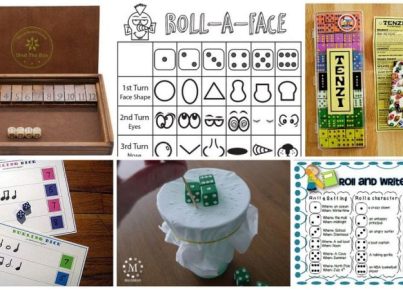Language disorders can have a significant impact on a student’s ability to communicate and learn. As a teacher, it is important to have a basic understanding of language disorders and how they can affect students in the classroom.
Firstly, it is crucial to recognize the signs of a language disorder. Some common signs include difficulty understanding or using language, limited vocabulary, struggles with grammar or syntax, and challenges with social communication. If you notice any of these signs in a student, it is important to address the issue early on and seek appropriate support.
Additionally, it is essential to create a supportive and inclusive classroom environment for students with language disorders. This can be achieved by:
-
- Providing clear and concise instructions: Use simple and straightforward language when giving instructions to help students better understand the tasks and expectations.
-
- Encouraging active participation: Give students opportunities to engage in discussions and express their thoughts and ideas. This can boost their confidence and language skills.
-
- Utilizing visual aids: Visual supports such as charts, pictures, or graphic organizers can enhance comprehension for students with language disorders.
-
- Promoting collaboration: Encourage peer interactions and group work, as these activities can aid in language development and social communication skills.
Furthermore, it is important to collaborate with speech-language pathologists and other specialists who can provide professional guidance and support for students with language disorders. These professionals can suggest effective intervention strategies, help create individualized education plans (IEPs), and offer insights into appropriate accommodations and modifications for students with language disorders.
Lastly, fostering open communication with parents or caregivers is crucial. Regularly update them on their child’s progress, discuss any concerns or observations, and work collaboratively to support the student’s language development both at home and at school.
By understanding language disorders and implementing appropriate strategies, teachers can create an inclusive and supportive learning environment for students with language disorders.





